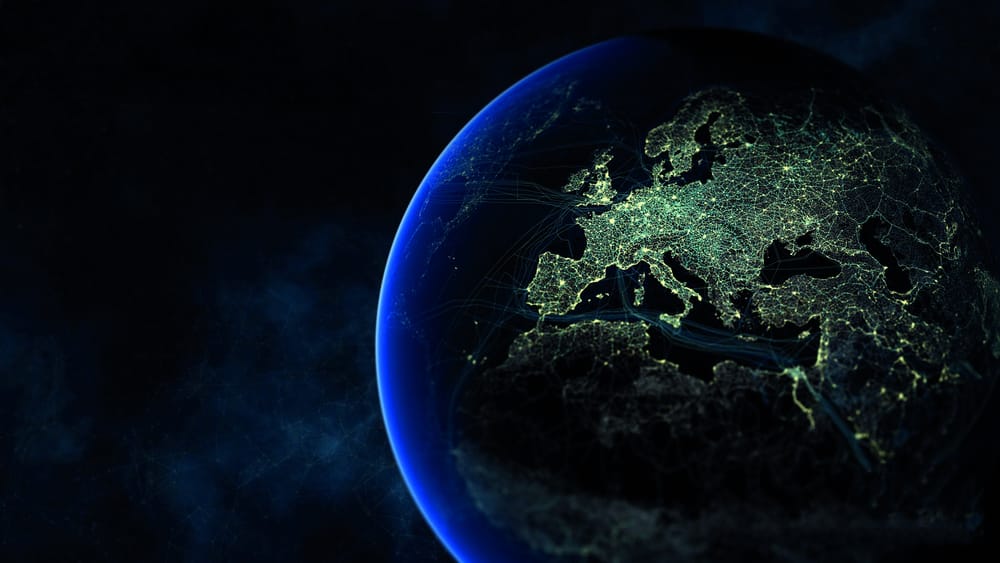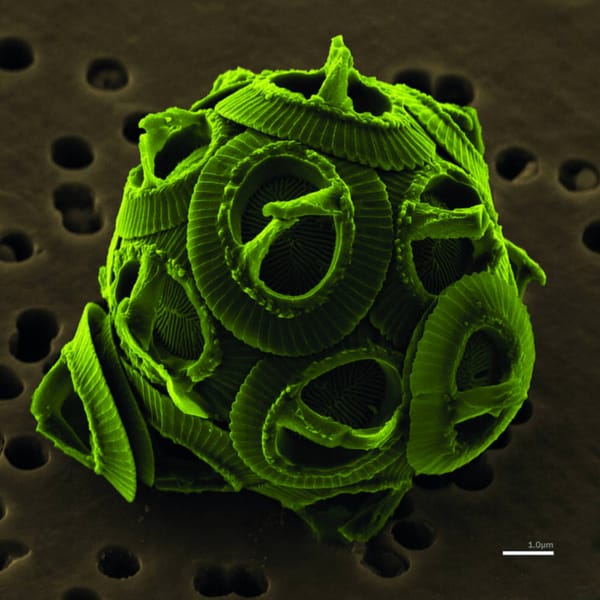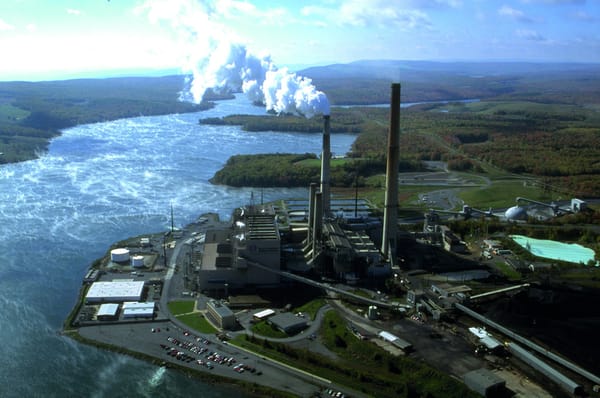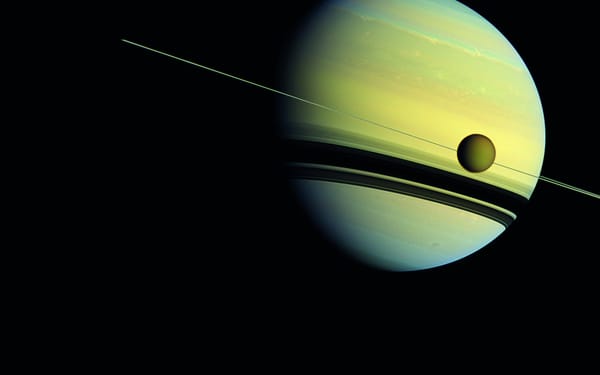Have we entered a new human-dominated epoch…the Anthropocene?
Lauren Ratcliffe on doom, gloom and the sixth mass-extinction

Sunset for the Holocene
Last week scientists confirmed that we have entered a new geological era called the Anthropocene. To put this into context the last epoch, known amongst geologists as the Holocene, began around 11,700 years ago after the Pleistocene, whose beginning was punctuated by the wide-spread mass extinctions of large megafauna – animals weighing over 40kg – apparently due to the synergistic impact of both climate change and the colonisation of mankind, whose populations during this time quickly spread across the world from Africa across to South America and Australia.
Like an invasive species mankind gradually dominated the landscape, species therein and Earth’s energy fluxes. The proposed current Anthropocene epoch is defined as an age where this spread and expansion of human populations during the Holocene and present day has had, and continues to have, a widespread influence over the planet. The precise beginning of this era, however, has been heavily debated. Exactly when did humans start being the main drivers of environmental change?
A destructive new dawn
Since the late 17th century it has been recognised that mankind has had a disproportionate effect on Earth’s systems, but pinning down a precise turning point along the planet’s timeline has proved to be difficult.
Many geologists have suggested that the beginning of the Anthropocene was at the start of the Industrial Revolution, while others suggest it started even further back during the dawn of agriculture.
Last week a group of scientists agreed that the Holocene-Anthropocene boundary should be defined by the first A-bomb test in 1945, which carried radionucleotides into the Earth’s atmosphere. The presence of these radioactive elements ties closely with other large-scale changes brought about by mankind.
Triggered after World War II, the Green Revolution pushed to intensify agriculture and converted pristine habitats to crop and pasture land in order to crank up food production. The global transformation of land for agricultural use has been forecast to take up over half the world’s land surface by 2050.
To increase efficiency and yields a myriad of fertilisers, insecticides and pesticides began to be mass-produced and extensively used with disastrous consequences for native wildlife.
"The start of the Anthropocene was at the start of the Industrial Revolution."
The imprint of these agro-chemicals can still be seen today; recently corn farming in the USA has taken over the landscape to meet the demand for biofuel production.
This in turn has caused fertiliser run-off into the Mississippi River and the mass deaths of marine life in the Gulf of Mexico due to nutrient enrichment. Furthermore, a rise in commerce and international transport has relocated non-native species into new habitats, such as the infamous Cane toad in Australia which has since dominated and destroyed native communities.
En-route to a sixth mass extinction?
You don’t need much imagination to envision how humans have appropriated the landscape – just look around you. Mankind has historically exploited, manipulated and destroyed parts of Earth, often without thought of the consequences for other species or long-term repercussions for humanity. This has led to what scientists suggest is the beginning of a sixth mass extinction.
Again, let us put this into context. As a whole, over the last 3.5 billion years since the beginnings of photosynthesis and life on earth, approximately 4 billion species have roamed, swum, flown and giggled their way across this planet. 99% of these species have subsequently gone extinct, demonstrating just how common extinction is; however, this is over a very long time and is usually balanced by speciation.
In contrast, the ‘big five’ mass extinction events are times in Earth’s history where extinction rates were far greater than normal, often defined as times where over 75% of species were lost. These include the infamous Cretaceous-Tertiary mass extinction event around 66 million years ago, when we waved goodbye to the dinosaurs and around a quarter of all other species.
Normally extinction rates are actually much lower than this, with an average 1 extinction/million species/year. However, estimates of current extinction rates range from 100-1000 times this background rate and are projected to reach the same magnitude as the ‘big five’ mass extinctions within three centuries.
So the future is not looking so bright, and the rapid expansion of mankind’s populations and our exploitation of Earth’s resources has continued mostly unchecked, bringing us all into a new era of global destruction.
"Current extinction rates are projected to reach the same magnitude as the 'big five' mass extinctions."
Sunrise and sustainability
But it’s not all doom and gloom, I hasten to add – and you probably knew most of this already, or at least had a hunch. The introduction of government environmental policies and monitoring is reducing the impact of some of mankind’s damage to the planet, for instance in the case of agro-chemical regulation.
In addition, increased understanding is enabling scientists to better inform global decision makers. The Lima Climate Change Conference in Peru late last year reached an agreement to reduce greenhouse gas emissions, in order to limit the global temperature increase to 2º Celsius above current levels.
Furthermore, the Convention on Biological Diversity have set out specific targets – Aichi biodiversity targets – to be achieved by 2020. These include the transformation of 17% of terrestrial land and 10% of coastal and marine areas into protected areas.
So we now know that the Anthropocene era has arrived. What happens next will depend on our response to environmental change and a movement towards a geological era defined not by mankind’s destruction but by our sustainable use of the planet.









